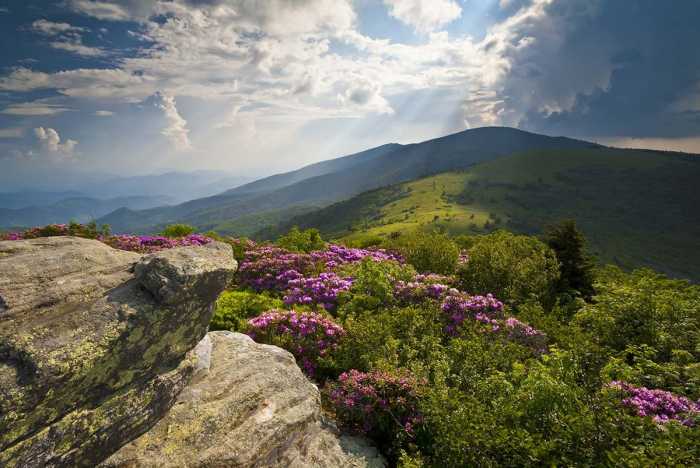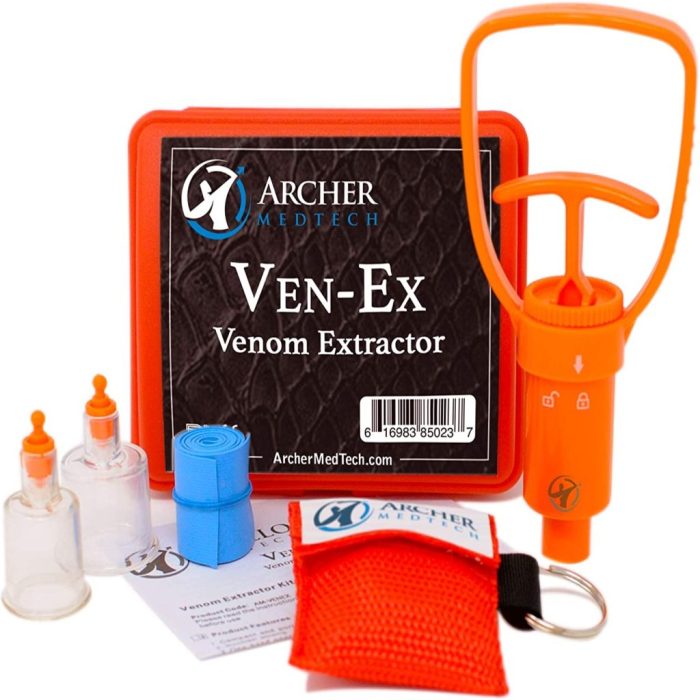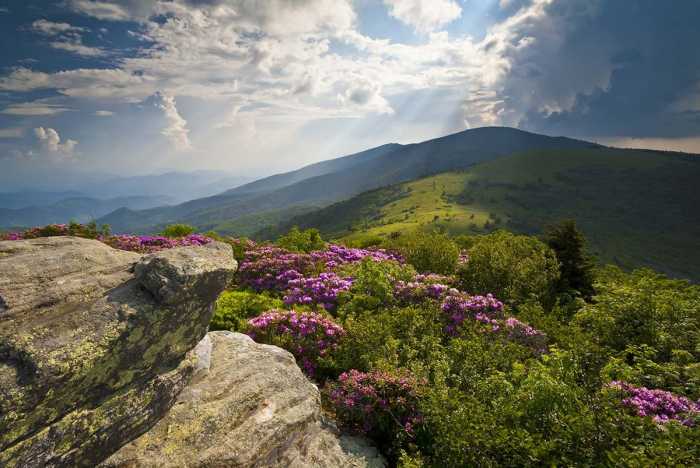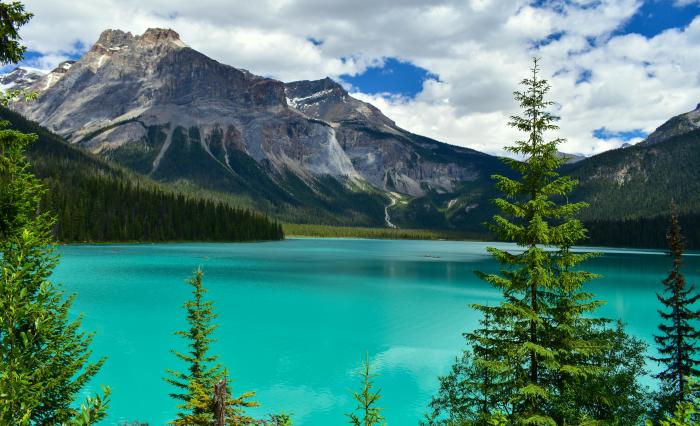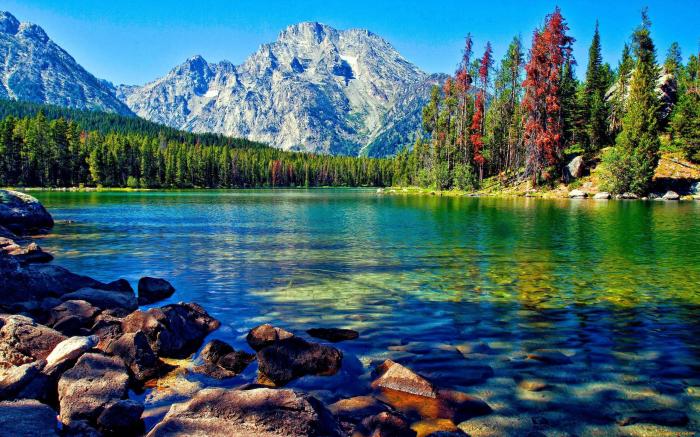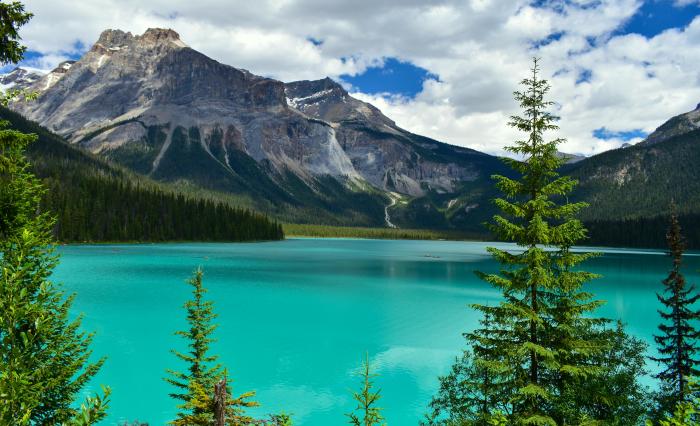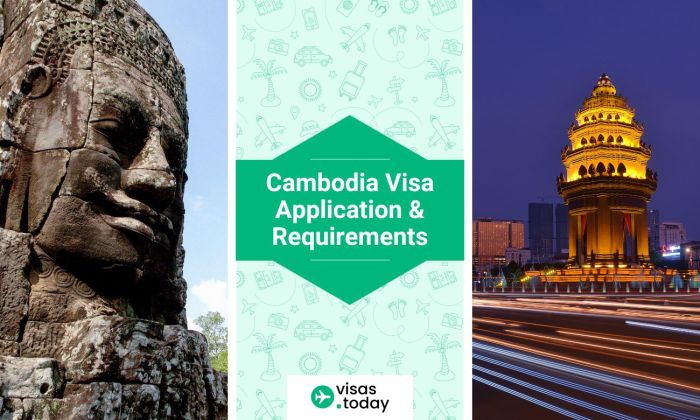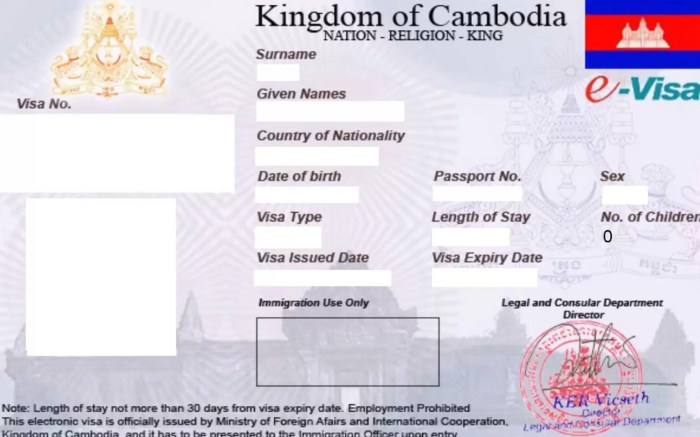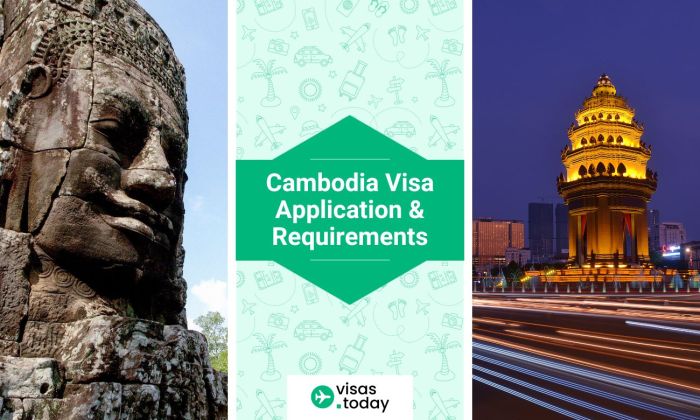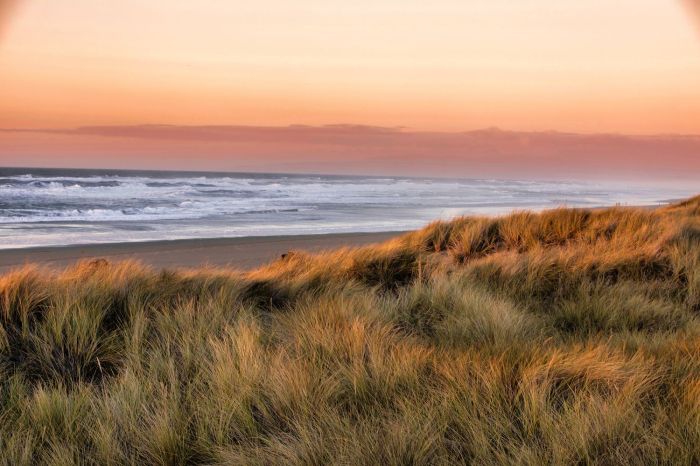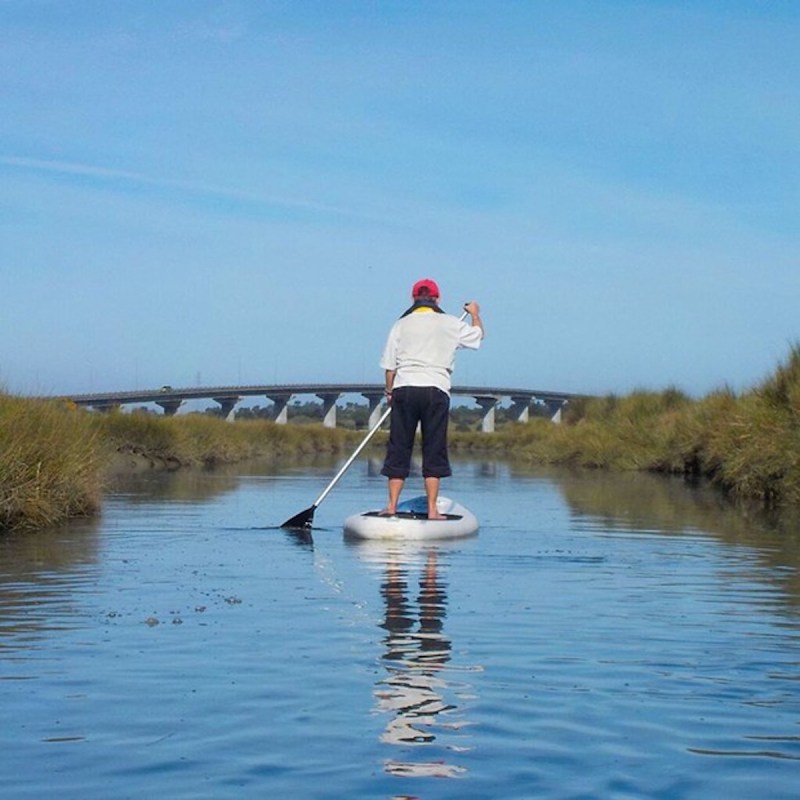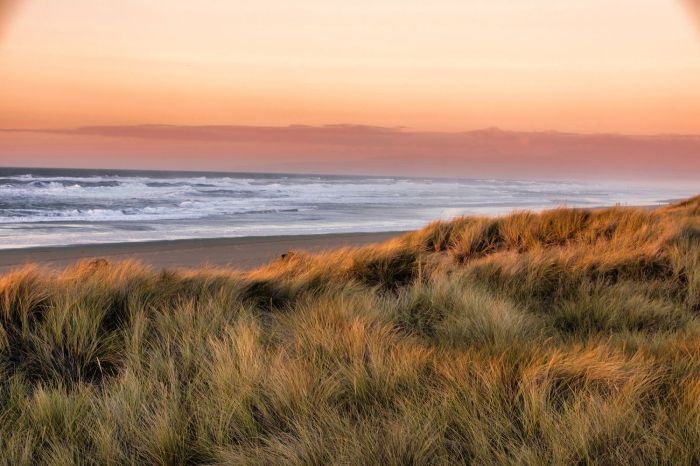Best time to visit Melbourne? It depends! Melbourne’s weather and events fluctuate throughout the year, offering something unique for every season. From vibrant festivals to pleasant outdoor adventures, this guide will help you pinpoint the optimal time for your ideal Melbourne experience. Consider the factors that make each season special, the events happening, and the perfect balance of crowds and activities to plan your dream trip.
This comprehensive guide explores Melbourne’s diverse seasons, highlighting the best times to visit for specific interests and outdoor activities. We’ll delve into the pros and cons of peak season versus shoulder seasons, and how events and festivals can influence your travel plans. The ultimate goal is to equip you with the knowledge to choose the best time to visit Melbourne, tailored to your specific preferences and interests.
Overview of Melbourne’s Seasons
Melbourne, a city known for its vibrant culture and stunning landscapes, experiences a distinct seasonal shift. Understanding these seasons is crucial for planning your activities and ensuring a comfortable trip. The city’s temperate climate, influenced by its location on the southern coast of Australia, offers a range of experiences throughout the year.Melbourne’s seasons are opposite to those in the Northern Hemisphere.
Spring, summer, autumn, and winter each bring unique weather patterns and opportunities for exploration. This overview will provide a detailed look at the characteristics of each season, along with the impact on outdoor activities.
Melbourne’s Spring
Spring in Melbourne, typically from September to November, marks the transition from cool winter to warm summer. Temperatures gradually increase, with average highs often reaching the mid-20s Celsius. This is a beautiful time for outdoor activities, as the weather is generally mild and pleasant. Expect occasional showers, but overall, it’s a season of blossoming flowers and rejuvenation.
Outdoor events, such as picnics in the park and garden festivals, are popular during this time.
Melbourne’s Summer
Summer in Melbourne, from December to February, is generally characterized by warm days and pleasant evenings. Average temperatures frequently exceed 25°C, making it a great time for swimming, barbecues, and enjoying outdoor concerts and festivals. The warmest days often see temperatures reaching the high 30s Celsius, although cooler evenings often follow. Rainfall is less frequent compared to other seasons.
The longer daylight hours are perfect for exploring parks and enjoying the city’s vibrant nightlife.
Melbourne’s Autumn
Autumn, spanning from March to May, brings a gradual cooling trend. Average temperatures are still quite pleasant, usually ranging between 15°C and 20°C. The days are shorter than summer, but the weather remains generally mild and sunny, making it ideal for outdoor walks and enjoying the last of the warm weather. This is a transition period, with occasional showers possible.
Autumn is known for its beautiful foliage changes, especially in the city’s parks and gardens.
Melbourne’s Winter, Best time to visit melbourne
Melbourne’s winter, from June to August, is characterized by cooler temperatures, often dipping below 10°C at night. Average temperatures are significantly lower compared to the other seasons. This is the time of year to enjoy indoor activities and cozy cafes, while outdoor events and activities may be limited by the cooler temperatures. The city often experiences rain, and some days can be quite chilly, with temperatures sometimes dropping below freezing.
Melbourne’s spring is absolutely gorgeous, with pleasant temperatures and fewer crowds than summer. However, if you’re looking for a truly unique experience, considering the best time to visit Santa Fe, New Mexico is equally rewarding. best time to visit santa fe offers a different kind of charm, with mild weather and fewer tourists than peak summer.
Ultimately, the best time to visit Melbourne is spring, balancing pleasant weather with manageable crowds.
Melbourne’s winter is a time for warm clothing and indoor gatherings.
Seasonal Comparison Table
| Season | Average Temperature (°C) | Rainfall (mm) | Typical Weather Conditions |
|---|---|---|---|
| Spring | 15-25°C | Moderate | Mild, occasional showers, pleasant |
| Summer | 25-35°C | Low | Warm, sunny, ideal for outdoor activities |
| Autumn | 10-20°C | Moderate | Pleasant, cooling temperatures, occasional showers |
| Winter | 5-15°C | Moderate to High | Cool, often rainy, may experience frost |
Events and Festivals: Best Time To Visit Melbourne
![🔥 [50+] Landscape Wallpapers Desktop Spring | WallpaperSafari Best time to visit melbourne](http://whatvis.com/wp-content/uploads/2025/09/4b346420eb554c4e857041fe9e8af95a-1-1.jpg)
Melbourne’s vibrant calendar of events and festivals is a major drawcard for visitors. From iconic sporting events to world-class music performances, there’s something to captivate every interest. Understanding the timing of these events can significantly enhance your travel experience, allowing you to immerse yourself in the city’s unique atmosphere.Planning a trip around specific events can transform a general visit into a truly memorable experience, ensuring you witness the energy and enthusiasm of the local community.
Major Events and Festivals
Melbourne hosts a diverse range of events throughout the year, catering to a broad range of interests. These events significantly impact the city’s atmosphere and the volume of visitors, making them a crucial factor to consider when planning your trip.
- Melbourne Cup Carnival: Held in November, this prestigious horse racing event is a highlight of the social calendar. The atmosphere is electric, with elaborate fashion displays, high-profile attendees, and significant social gatherings. This event is a prime example of how a specific event can significantly impact the city’s character and draw a huge influx of visitors. It is an excellent time to experience the city’s vibrant social scene.
- Australian Open: Held in January, this major tennis tournament brings an influx of sports fans and visitors from around the world. The tournament creates a lively atmosphere, with matches played in the iconic Melbourne Park. The large number of visitors and the significant focus on sporting activities should be taken into consideration if your travel plans include attending matches or simply enjoying the tournament atmosphere.
- St. Patrick’s Day Parade: Celebrated in March, this lively parade showcases Irish culture and traditions. The event attracts a significant number of visitors eager to partake in the festivities. The vibrant parade and the festive atmosphere contribute to the energetic atmosphere of the city during this time.
- Melbourne International Comedy Festival: Occurring in March/April, this internationally renowned festival brings a wealth of talented comedians to Melbourne. The festival is a significant drawcard for comedy enthusiasts and contributes to the city’s vibrant cultural scene. This event is particularly appealing to those seeking a comedic experience or wanting to experience the cultural side of Melbourne.
- Moomba Festival: Held in February, this large-scale event features music, food, and various other entertainment options, creating a truly lively atmosphere. The large crowds and varied activities contribute to the overall energy of the city during this period.
Best Time for Specific Events
To maximize your enjoyment of specific events, it’s important to consider their timing and how they might influence your travel plans.
- Music Festivals: Melbourne hosts numerous music festivals throughout the year. The best time to visit for a particular music festival depends on the specific festival’s dates. Researching the dates of your desired music festivals will allow you to tailor your travel plans accordingly. This enables you to plan your trip around these events and experience the unique atmosphere.
- Sporting Events: The Australian Open, for example, takes place in January. If your interest lies in tennis, this is a crucial factor to consider. Knowing the dates of sporting events and potential ticket availability will allow you to make informed decisions about the best time to visit.
Atmosphere and Crowds
The atmosphere and crowd size can vary considerably depending on the specific event and the time of year.
Melbourne’s fantastic spring weather is a dream, but for a truly unforgettable experience, consider a life changing travel campervan adventure through Scotland. Life changing travel campervan scotland offers stunning landscapes and unique experiences, but if you’re looking for a fantastic city break, spring in Melbourne is hard to beat, with beautiful flowers and pleasant temperatures. So, if you’re considering a trip to Melbourne, spring is definitely a good time to visit.
| Event | Timing | Atmosphere | Crowds | Impact on Visit |
|---|---|---|---|---|
| Melbourne Cup Carnival | November | Upscale, social | Large | Increased costs, potential for congestion |
| Australian Open | January | Energetic, sporting | Large | Potential for higher accommodation costs |
| Moomba Festival | February | Lively, family-oriented | Large | Increased costs, potential for congestion |
| St. Patrick’s Day Parade | March | Festive, celebratory | Moderate to Large | Enjoyable, but potentially crowded |
| Melbourne International Comedy Festival | March/April | Energetic, comedic | Moderate | Good balance of energy and accessibility |
Outdoor Activities and Weather
Melbourne’s diverse climate presents a fantastic array of outdoor activities throughout the year. Understanding the weather patterns and their impact on different pursuits is key to planning an enjoyable trip. From invigorating hikes to relaxing picnics, the city offers something for every season and outdoor enthusiast.The weather in Melbourne significantly influences the suitability and enjoyment of outdoor activities.
Temperatures, rainfall, and wind conditions all play a crucial role in shaping the experience. A sunny day might be ideal for a picnic, while a brisk autumn walk might require a warm jacket.
Hiking and Walking
Melbourne boasts numerous walking and hiking trails, catering to varying levels of experience. The best time to explore these trails is during spring and autumn, when the weather is generally pleasant. Spring offers blooming flowers and mild temperatures, while autumn brings crisp air and colorful foliage. Summer, while potentially warm, can also be enjoyable for hiking in the cooler hours of the morning or evening.
Winter can be challenging due to potential rain, wind, and lower temperatures, though some enjoy the crisp air.
Picnics and Outdoor Dining
Picnics are a quintessential Melbourne experience. For optimal conditions, aim for spring or autumn when temperatures are mild and sunny spells are frequent. Avoid picnics during the hottest part of summer, as the heat can be intense. Carry a light jacket or shawl for cooler evenings. Consider weather forecasts before planning your picnic, and be prepared for occasional rain showers.
Swimming and Water Activities
Melbourne’s beaches and swimming spots offer opportunities for water activities throughout the year, though the best time to enjoy swimming and water sports is during the warmer months of spring and summer. Winter brings cooler temperatures and increased rainfall, making swimming less appealing. Check for any safety warnings or closures before venturing out.
Cycling
Melbourne’s extensive network of bike paths makes it a fantastic cycling destination. Spring and autumn offer the most comfortable conditions for cycling, with pleasant temperatures and fewer extremes. Summer’s heat can be challenging for extended rides, while winter’s unpredictable weather conditions can make cycling difficult.
Sightseeing
Melbourne’s iconic landmarks are best viewed in any season, but spring and autumn provide ideal conditions for outdoor sightseeing. Pleasant temperatures and sunny days allow for extended exploration without discomfort. Be prepared for potential rain showers, especially in winter.
Table: Outdoor Activities and Optimal Weather Conditions
| Activity | Optimal Weather Conditions |
|---|---|
| Hiking | Mild temperatures (spring, autumn), cooler mornings/evenings (summer), crisp air (winter) |
| Picnics | Mild temperatures, sunny days (spring, autumn), cooler mornings/evenings (summer) |
| Swimming | Warmer temperatures (spring, summer) |
| Cycling | Mild temperatures (spring, autumn), cooler mornings/evenings (summer) |
| Sightseeing | Pleasant temperatures, sunny days (spring, autumn), any time with proper attire (winter, summer) |
Crowds and Tourist Traffic
Melbourne, a vibrant city brimming with attractions, draws significant tourist traffic throughout the year. Understanding the ebb and flow of crowds is crucial for planning a smooth and enjoyable trip. Different seasons bring varying levels of activity, impacting everything from the cost of accommodation to the experience of visiting iconic landmarks.Melbourne’s popularity translates into bustling streets and crowded attractions during peak seasons.
Conversely, off-season periods offer a more intimate and relaxed experience. This guide will delve into the nuances of tourist traffic, highlighting the best times to visit for a less congested experience.
Typical Tourist Traffic Levels
Melbourne experiences a noticeable increase in tourist numbers during the warmer months, particularly from November to March. This period coincides with the Australian summer, attracting both domestic and international visitors. Conversely, the shoulder seasons (spring and autumn) see a more manageable flow of tourists. Winter (June to August) typically brings fewer visitors, offering a quieter and more affordable travel experience.
Impact of Crowds on Attractions and Experiences
Crowds can significantly affect the experience at popular attractions. Lines for popular tours and experiences can be lengthy during peak seasons, potentially detracting from the enjoyment of the visit. Navigating crowded areas, especially during peak times, can feel rushed and less immersive. On the other hand, the reduced crowds during the off-season often allow for a more relaxed and personal exploration of the city.
Price Fluctuations Based on Seasonality
The cost of accommodation and tours tends to be higher during peak seasons due to increased demand. Hotels and tour operators adjust their prices to reflect the higher volume of visitors. Conversely, off-season prices are often more affordable, providing a great opportunity for budget-conscious travellers. This difference in price can be significant, offering potential savings of hundreds of dollars per night or per tour.
Best Time for a Less Crowded Experience
The best time to visit Melbourne for a less crowded experience is generally during the shoulder seasons, spring (September to November) and autumn (March to May). These periods offer a balance between pleasant weather and manageable crowds. This balance allows visitors to explore the city at a relaxed pace without the rush of peak season. Alternatively, the winter months, while cooler, can also provide a quieter and more affordable experience.
Comparative Table of Tourist Traffic, Accommodation Costs, and Tour Prices
| Month | Average Tourist Traffic | Average Accommodation Cost (per night) | Average Tour Price (example: Melbourne City Tour) |
|---|---|---|---|
| November-March | High | High | High |
| April-May | Medium | Medium | Medium |
| June-August | Low | Low | Low |
| September-October | Medium | Medium | Medium |
Note: This table provides a general overview. Specific costs may vary depending on the accommodation type, tour operator, and availability.
Accommodation and Prices
Melbourne, a vibrant city brimming with attractions, offers a diverse range of accommodation options to suit every traveler’s needs and budget. Understanding the availability and pricing of these options during different times of the year is crucial for planning a smooth and cost-effective trip. From budget-friendly hostels to luxurious hotels, the city caters to a broad spectrum of preferences.Knowing the cost of accommodation can significantly impact your overall travel budget.
Predicting prices during peak seasons, like the summer months, can help you make informed decisions. Understanding the cost variations between different accommodation types, such as hotels, hostels, and Airbnb, allows for a more tailored approach to finding the perfect fit.
Accommodation Availability and Pricing
Accommodation availability in Melbourne varies considerably depending on the time of year. Peak seasons, typically summer and major event periods, see a surge in demand, often resulting in limited availability and higher prices. Off-seasons, conversely, offer more flexibility in choosing accommodations, with potentially lower prices. This fluctuation is a common pattern in major tourist destinations.
Comparison of Accommodation Types and Prices
Different accommodation types cater to different needs and budgets. Hotels, known for their amenities and services, often command higher prices, especially during peak seasons. Hostels, while more affordable, may lack some of the comforts of hotels, but provide opportunities for socializing with other travelers. Airbnb, a popular alternative, offers a range of options, from private rooms to entire apartments, often at varying price points.
These differences in pricing should be considered when planning your budget.
Spring in Melbourne is absolutely fantastic, with balmy days perfect for exploring the city’s parks and vibrant cafes. Thinking about a change of scenery? If you’re considering relocating, checking out the best places to retire in California might give you some inspiration. Best places to retire in California offers a great starting point for researching potential retirement spots.
Ultimately, though, the best time to visit Melbourne remains spring for its pleasant weather and lively atmosphere.
Accommodation Price Comparison Table
| Accommodation Type | Low Season (e.g., April-May) | Mid-Season (e.g., June-August) | Peak Season (e.g., December-January) |
|---|---|---|---|
| Budget Hotel (2 stars) | $150-$250 per night | $180-$300 per night | $250-$400 per night |
| Mid-Range Hotel (3-4 stars) | $200-$400 per night | $250-$500 per night | $400-$700 per night |
| Hostel Dorm Bed | $30-$60 per night | $40-$80 per night | $60-$100 per night |
| Airbnb (Private Room) | $80-$150 per night | $100-$200 per night | $150-$250 per night |
Best Time for Budget Travelers
Budget-conscious travelers can find excellent value in Melbourne during the shoulder seasons (spring and autumn). These periods offer a balance between pleasant weather and fewer crowds, leading to lower accommodation costs without sacrificing the experience. For example, a traveler looking for budget-friendly options in April might find significantly lower prices for hotels and hostels compared to a traveler in December.
Specific Interests

Melbourne, a vibrant city with a diverse range of attractions, caters to various interests. Understanding the best time to visit is crucial for maximizing your experience, whether you’re a foodie, art enthusiast, or history buff. Different seasons offer unique advantages, influencing everything from outdoor activities to festival schedules.Different seasons in Melbourne, each with its own character, present varied opportunities for exploring the city’s rich offerings.
For instance, the warmer months offer a chance to enjoy outdoor activities, while the cooler months may be better suited for museum visits and exploring indoor attractions.
Foodies
Melbourne’s culinary scene is renowned globally. The city boasts an abundance of restaurants, cafes, and food markets, making it a paradise for foodies. The best time to visit, for this interest, depends on your preferred style of dining experience.
- Summer (December-February): Expect bustling outdoor markets and patios. Many restaurants offer seasonal menus featuring fresh produce, perfect for al fresco dining. Summer festivals often feature food stalls and special events.
- Autumn (March-May): This transition season offers the opportunity to enjoy the last of the summer’s outdoor dining while also experiencing the vibrant fall flavors. Many cafes and restaurants showcase seasonal menus and special autumnal dishes.
- Winter (June-August): Winter in Melbourne offers a unique culinary experience, with restaurants offering hearty, warming dishes to combat the chill. The city’s inner-city restaurants tend to be more bustling, and some might offer special winter menus.
- Spring (September-November): The spring season brings a renewal to the culinary scene. Restaurants often introduce new spring menus and dishes, with fresh ingredients and new ideas.
Art Enthusiasts
Melbourne is a hub for art, with numerous galleries, museums, and exhibitions. The best time to visit for art enthusiasts depends on the specific exhibitions and events taking place.
- Spring (September-November): Many art galleries and museums host new exhibitions and special events during this season. This is a great time to coincide with the opening of new exhibitions.
- Autumn (March-May): Autumn brings a unique atmosphere to the city, often coinciding with special exhibitions and festivals celebrating the arts and culture.
- Summer (December-February): Some art galleries and museums might host outdoor exhibitions or events during summer, which could be a good way to experience art in a different setting.
- Winter (June-August): Winter in Melbourne might not offer as many outdoor art events, but many galleries and museums will still host exhibitions and events, though they may be fewer in number compared to other seasons.
History Buffs
Melbourne’s rich history is evident in its architecture, museums, and historical sites. The best time to visit for history buffs depends on the specific events and festivals.
- Spring (September-November): Spring is often a good time for historical societies and heritage organizations to hold events and festivals, offering insight into Melbourne’s history.
- Autumn (March-May): Some historical sites and museums may hold special events during autumn, providing opportunities to learn about Melbourne’s past.
- Summer (December-February): Melbourne might have some historical tours and walking tours during the summer months.
- Winter (June-August): Some historical sites and museums might have special winter events or exhibitions, which are usually focused on specific historical periods.
Best Time to Visit Table
| Interest | Best Time | Reasoning |
|---|---|---|
| Foodies | Summer/Autumn | Outdoor dining, seasonal menus, festivals |
| Art Enthusiasts | Spring/Autumn | New exhibitions, special events, festivals |
| History Buffs | Spring/Autumn | Historical societies’ events, heritage festivals, special exhibitions |
Final Summary
Ultimately, the best time to visit Melbourne is the time that aligns with your priorities. Whether you crave a bustling festival atmosphere, a relaxed and less crowded experience, or an adventure tailored to a specific season, this guide provides a roadmap for finding your perfect Melbourne getaway. Remember to consider the interplay of weather, events, crowds, and costs to make an informed decision.
Enjoy your trip!




